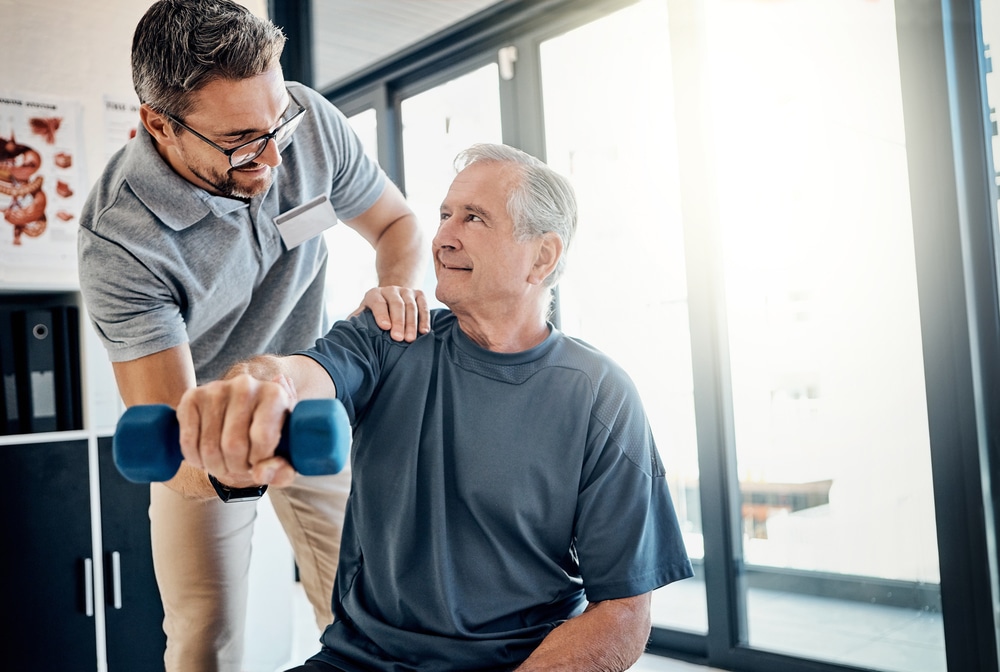As we age, maintaining an active lifestyle becomes increasingly important for our overall health and well-being. For senior adults with limited mobility, finding appropriate and effective exercise routines is crucial for improving strength, flexibility, and overall wellness. In this article, we explore various healthy exercise routines tailored specifically for seniors with limited mobility, highlighting the benefits of staying active and providing practical tips for incorporating exercise into daily life.
Understanding Limited Mobility
Limited mobility can result from various factors, including age-related changes, chronic health conditions, injuries, or disabilities. It may manifest as difficulty walking, balancing, or performing daily tasks without assistance. Despite these challenges, engaging in regular physical activity can help improve mobility, reduce pain, and enhance quality of life for seniors.
Benefits of Exercise for Seniors with Limited Mobility
Regular exercise offers a multitude of benefits for seniors with limited mobility, including:
- Improved Strength and Balance: Strengthening exercises help build muscle mass, improve balance, and reduce the risk of falls, enhancing overall mobility and stability.
- Enhanced Flexibility: Stretching and flexibility exercises improve joint mobility, reduce stiffness, and alleviate discomfort, promoting better range of motion.
- Increased Cardiovascular Health: Low-impact cardio activities like swimming, cycling, or seated aerobics boost heart health, circulation, and endurance without placing undue stress on joints.
- Pain Management: Gentle exercises and movements can help alleviate joint pain, arthritis symptoms, and musculoskeletal discomfort, improving overall comfort and mobility.
- Mental Well-being: Physical activity releases endorphins, reduces stress, and enhances mood, promoting mental wellness and cognitive function in seniors.
Tailored Exercise Routines for Seniors with Limited Mobility
- Chair Exercises: Seated exercises are ideal for seniors with limited mobility or balance issues. Activities like seated leg lifts, arm curls, and shoulder rolls can improve muscle strength and flexibility while sitting comfortably in a chair.
- Water Workouts: Aquatic exercises in a pool or water aerobics classes offer a low-impact yet effective way to improve cardiovascular fitness, joint mobility, and muscle tone. Water provides buoyancy and support, reducing strain on joints and muscles.
- Tai Chi and Yoga: Gentle mind-body exercises like Tai Chi and yoga promote relaxation, balance, and flexibility. These practices focus on slow, controlled movements, deep breathing, and mindfulness, making them suitable for seniors with mobility challenges.
- Resistance Bands: Lightweight resistance bands or tubes can be used for strength training exercises targeting various muscle groups. Seniors can perform seated or standing exercises such as bicep curls, leg presses, and chest presses using resistance bands.
- Balance Exercises: Improving balance is crucial for preventing falls and maintaining mobility. Simple balance exercises like standing on one leg, heel-to-toe walking, or practicing Tai Chi movements can enhance stability and coordination.
- Adaptive Equipment: Utilizing adaptive equipment such as hand weights, stability balls, and exercise bands designed for seniors with limited mobility can enhance the effectiveness and safety of workouts.
- Stretching Routine: Incorporate gentle stretching exercises into daily routines to improve flexibility and reduce stiffness. Focus on stretching major muscle groups, including the legs, arms, back, and neck, holding each stretch for 15-30 seconds.
Practical Tips for Incorporating Exercise
- Start Slow: Begin with gentle exercises and gradually increase intensity and duration as strength and stamina improve.
- Warm-Up and Cool Down: Always start with a warm-up to prepare muscles and joints and end with a cool-down to promote relaxation and reduce muscle soreness.
- Stay Hydrated: Drink plenty of water before, during, and after exercise to stay hydrated and maintain optimal performance.
- Listen to Your Body: Pay attention to any discomfort or pain during exercise and modify activities as needed. Consult a healthcare professional if experiencing persistent pain or new symptoms.
- Set Realistic Goals: Establish achievable goals and track progress to stay motivated and maintain consistency with exercise routines.
- Mix It Up: Incorporate a variety of exercises to keep workouts interesting and target different muscle groups for overall fitness.
- Safety First: Ensure a safe exercise environment with proper lighting, stable surfaces, and supportive footwear to prevent falls or injuries.
Engaging in regular exercise is vital for seniors with limited mobility to enhance strength, flexibility, and overall well-being. By incorporating tailored exercise routines, utilizing adaptive equipment, and following practical tips, seniors can maintain an active and healthy lifestyle, improve mobility, and enjoy the numerous physical and mental benefits of staying physically active. Consult with a healthcare professional or fitness instructor to create a personalized exercise plan that meets individual needs and goals, ensuring a safe and effective fitness regimen for seniors with limited mobility.

